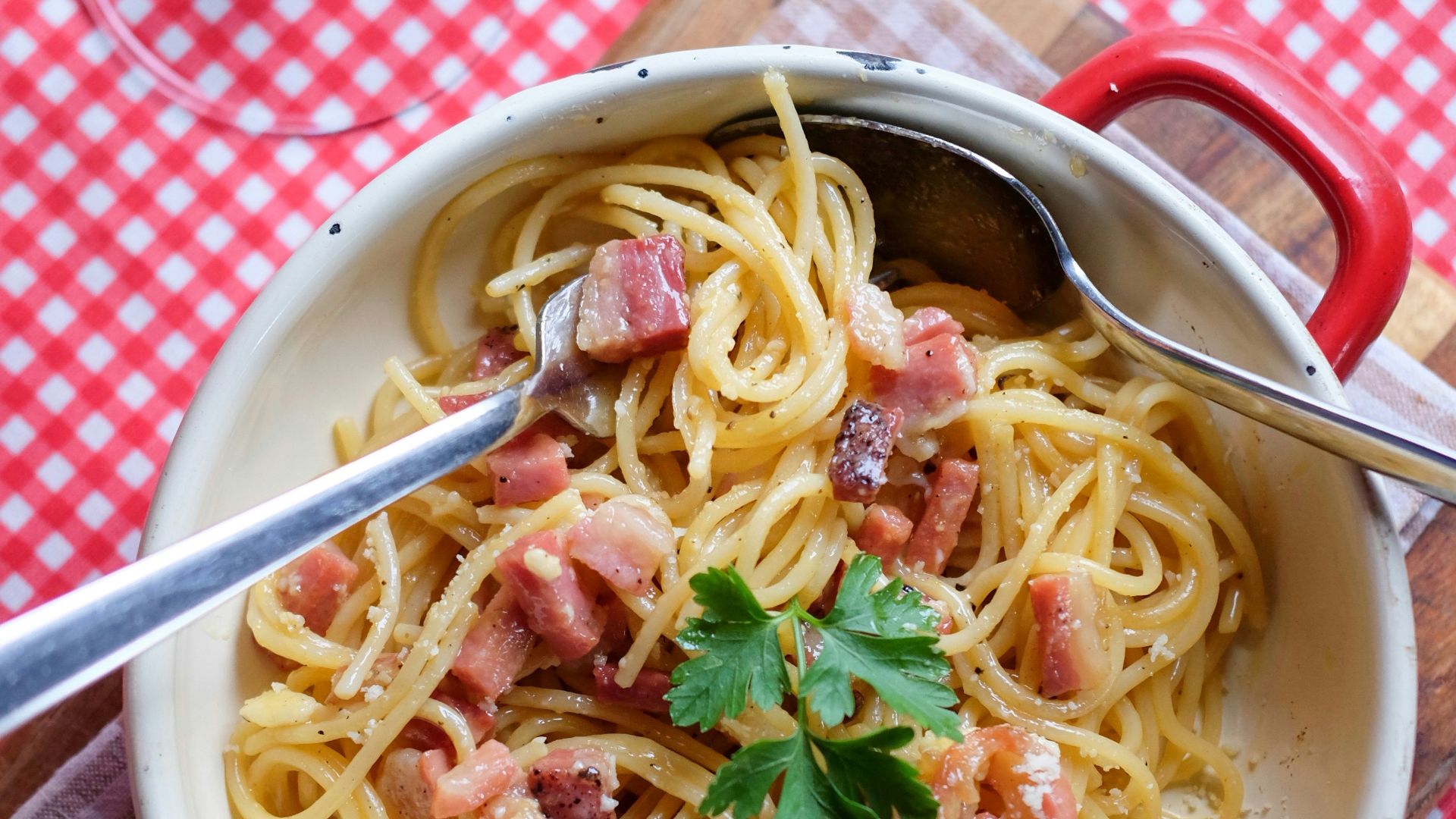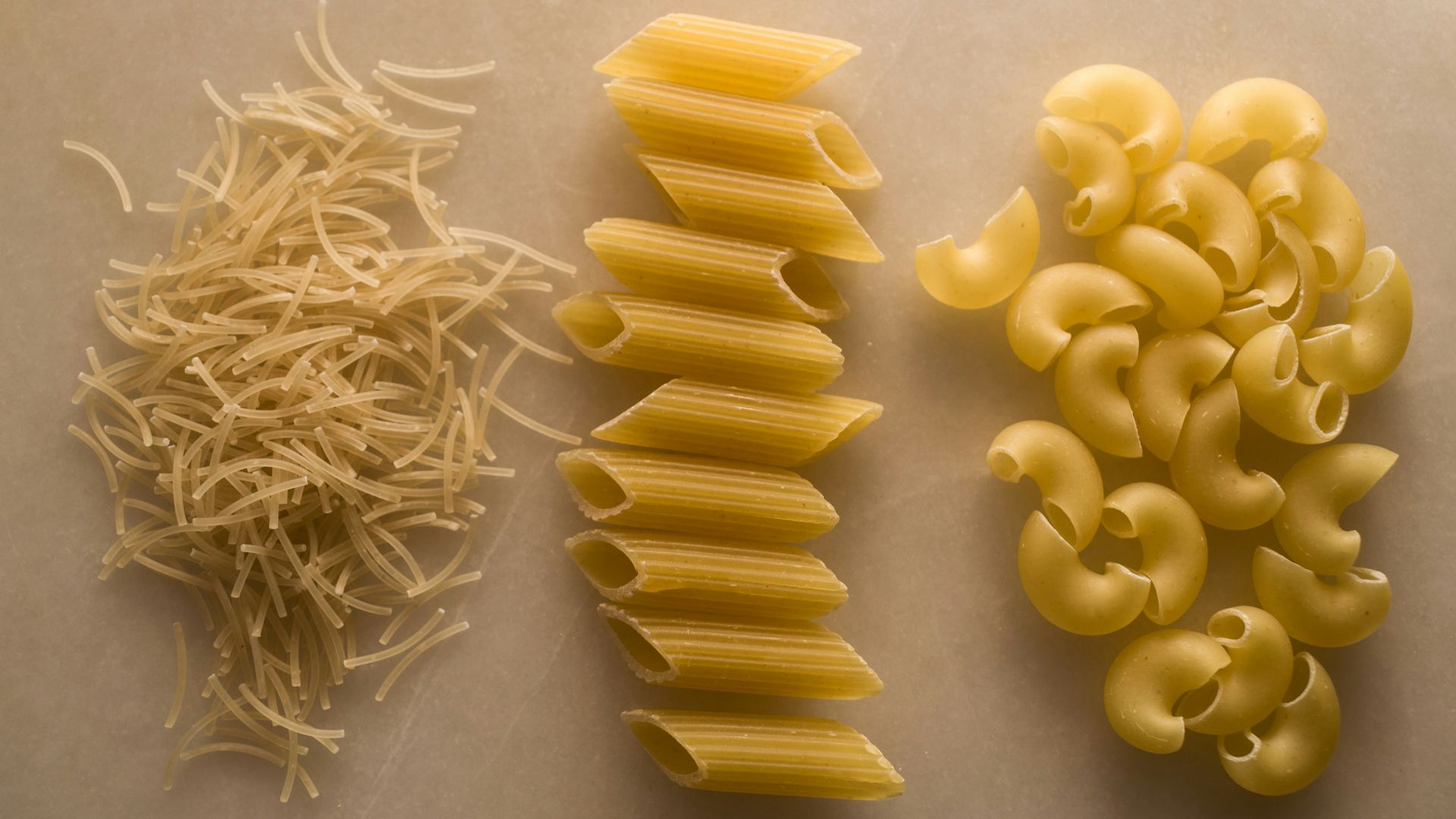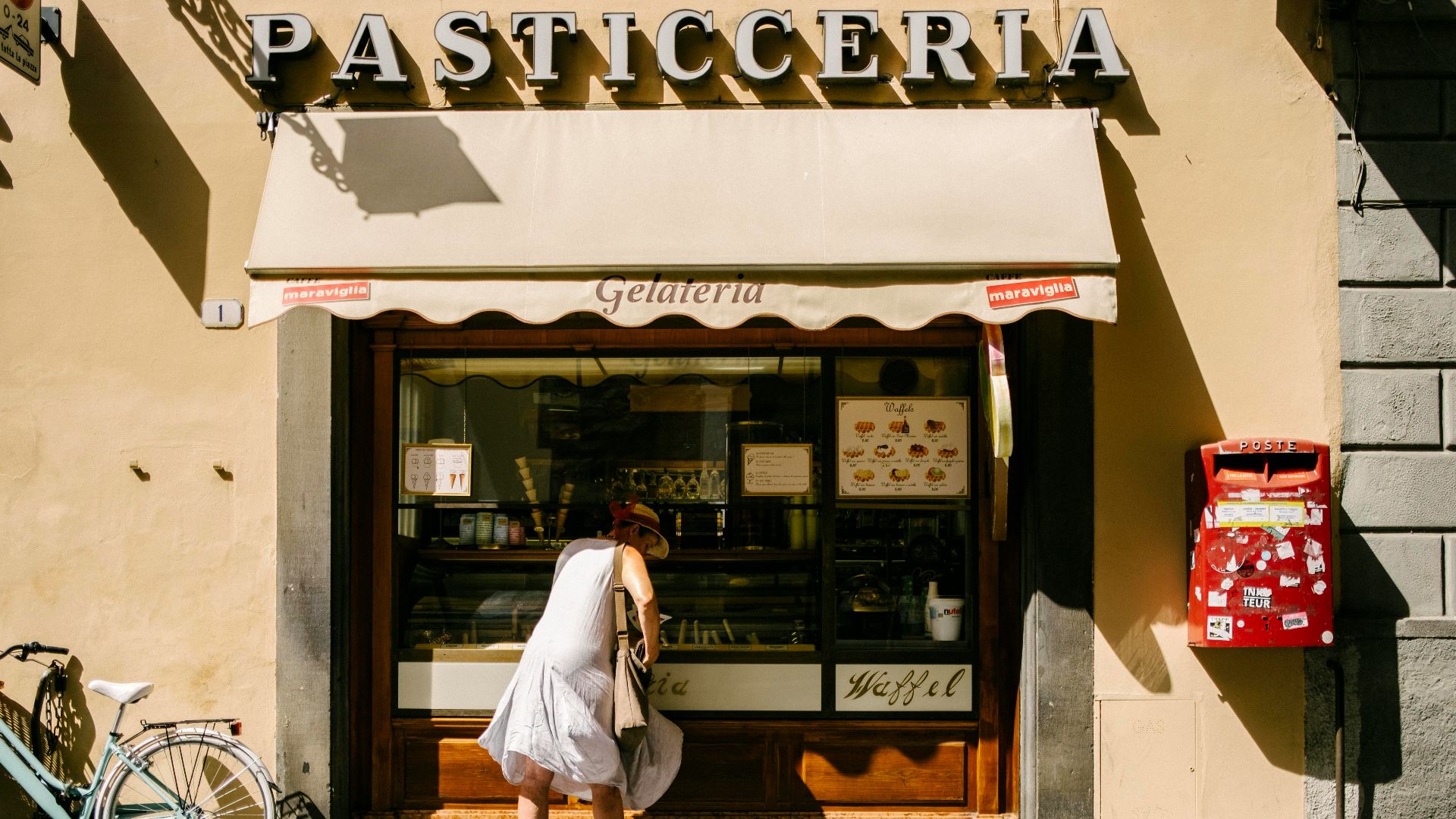Enjoying fresh pasta in Rome is a rite of passage! Be sure to wear your stretchy pants and indulge in time-honored dishes that tell a story about Italy's capital. Recipes are rooted in centuries of tradition, each bursting with Mediterranean flavors. These bold and comforting tastes will leave any visitor wanting more and will no doubt be a highlight of any trip to the Eternal City. Here are a few must-try pasta dishes for your next trip to Rome:
Carbonara
Carbonara is not only layered with egg and cheesy goodness; the dish itself carries layers of cultural significance. Debates have long waged as to its origins. Carbonara, the real Roman deal, is as delicious as it is simple. Rigatoni or spaghetti are most often the pasta of choice, mixed with pecorino cheese, whisked raw egg, guanciale, and topped with black pepper. A favorite in Italian cuisine, guanciale is cured pork cheek that crisps up well and provides a rich, bold flavor to any dish.
THN's choice for Carbonara in Rome: Osteria da Fortunata
Cacio e Pepe
Cacio e Pepe is a humble Roman classic with its origins in the Italian countryside. Shepherds in the Lazio region, where Rome is located, would fill up on hearty, simple pasta to fuel their long workdays. When traveling, their food needed to keep easily, so Cacio e Pepe was a solid choice. The dish is quickly prepared with pecorino, a hard sheep's cheese, pasta, and black pepper. When making Cacio e Pepe on your own, reserve some of the starch water to create a creamier sauce.
THN's choice for Cacio e Pepe in Rome: Ristorante Roma Sparita
Amatriciana
Shifting into a pasta option with a tomato-based sauce, Amatriciana is a classic in Rome. It's actually the only classic Roman pasta dish that uses tomatoes. Tomatoes were only introduced to Europe in the late 1700s, arriving through Spain and slowly making its way onto the Italian cooking scene. Nowadays, tomatoes are an Italian staple and Roman favorite. Amatriciana was born in the city of Amatrice, located in Lazio, the same region as Rome. Guanciale is used for this dish, along with pecorino romano and black pepper. If trying to keep things traditional, bucatini is often the pasta of choice. It is similar to spaghetti but has a hole down the tube, perfect for filling up with flavorful tomato-based Amatriciana sauce.
THN's choice for Amatriciana in Rome: Trattoria Da Cesare al Casaletto
Pasta alla Gricia
Pasta alla Gricia is where traditional Roman pasta dishes begin. As with many perfect pairs, the dish simply marries pecorino romano and guanciale. This highlights two of the Lazio region's greatest productions: hard, salty sheep milk cheese and fatty cured pork. Spaghetti or rigatoni are the most frequent pasta option for this meal. Sometimes, Pasta alla Gricia is outshone by its flashier Roman dish counterparts, but there really is nothing quite like coming back to the basics for a comforting meal.
THN's choice for Pasta alla Gricia in Rome: Cantina e Cucina












